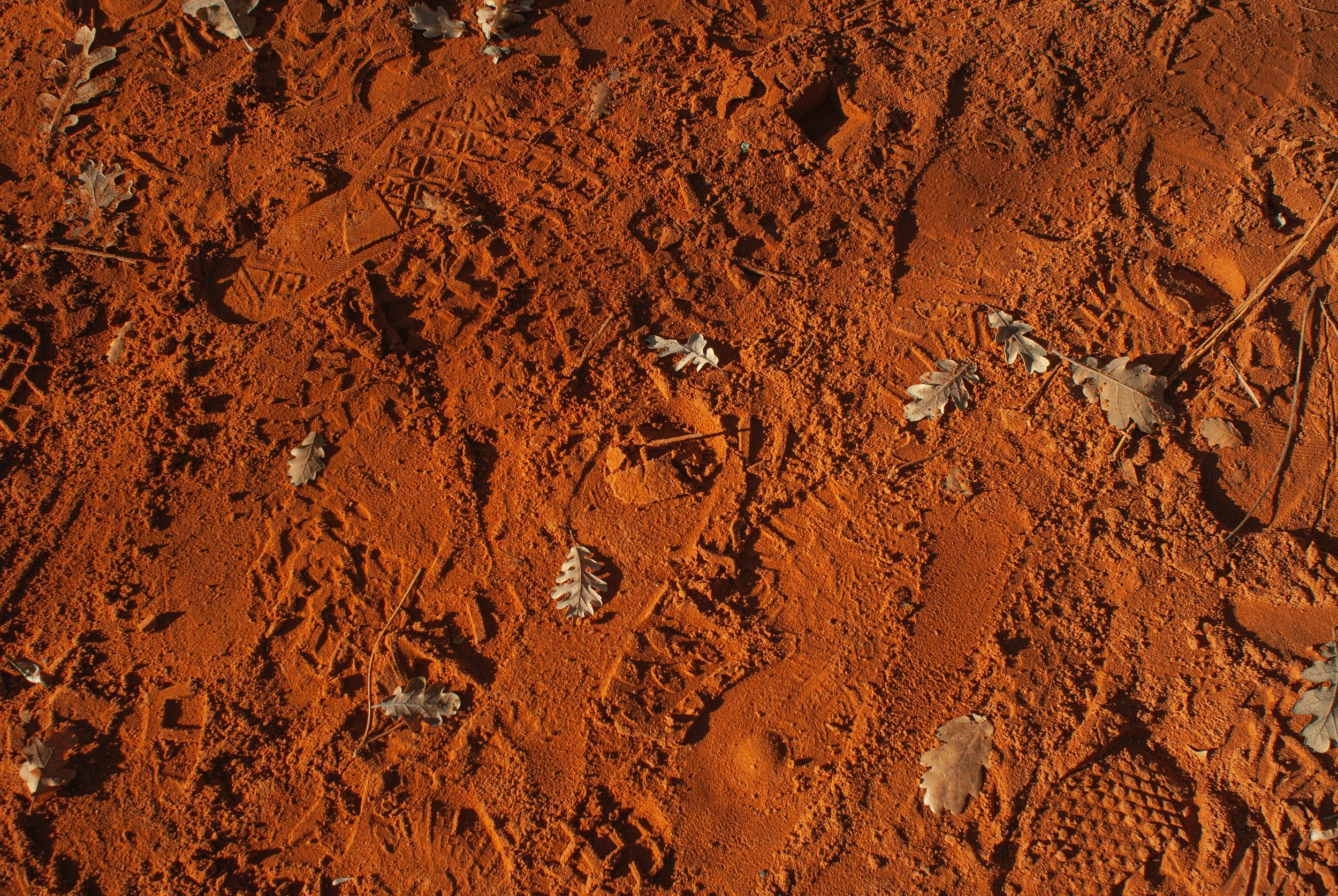
Ochre Lifeworlds /
in collaboration with Elizabeth Velliky (University of Bergen)
2023 -
The earliest forms of pigments used by hominins are a series of iron-rich earth minerals colloquially called “ochre”. Ochre can be any sediment, clay, or rock with coloring properties, and has been used throughout our evolution in both past and modern-day contexts, including as in medicinal capacities and industry. Perhaps the most significant use of ochre, however, is in art, from the cave paintings of early humans to renaissance frescoes to modern art. Archaeologists studying ochre have used its existence as evidence of the earliest forms of human expression, symbolism, and material culture, there has been little discussion on how ochre practices in the past and present have curated different forms of cultural capital. Furthermore, there has been a failure to acknowledge that ochre behaviours are not unique to our species, with certain nonhumans forming relationships with ochre. As such, how has ochre use been monopolised throughout history within modes of human subjectivity and identity? And how have power structures wrought by white supremacy and colonialism understood ochre use in terms of hierarchy and racist biological essentialism, privileging Western high art over other ochre relations? Ochre cannot be separated from its environmental, material, and temporal milieu, and as such produces what we are calling ‘ochre lifeworlds’.
In this project, we aim to trace the temporal links of ochre and argue that separating ochre extraction practices from its cultural application throughout time restricts the material entanglement of ochre and life forms across time. We follow three case studies: first, the earliest known form of ochre symbolism found in the Blombos cave in South Africa; second, the now-exhausted ochre pigment terra di Siena used in European renaissance paintings; and finally, a speculative ochre that resists the assumed dichotomy between body and world. By conceptualising ‘ochre lifeworlds’ we aim to resist the binary between humans and nature and argue that colonial and extractive ochre relations can be subverted through recognising the lifeworlds that ochre can, and has, produced across time.
Outputs:
2023: NorseEH transdisciplinary symposium in Oslo, Norway – “Recognising and Reconstructing Ochre Lifeworlds”